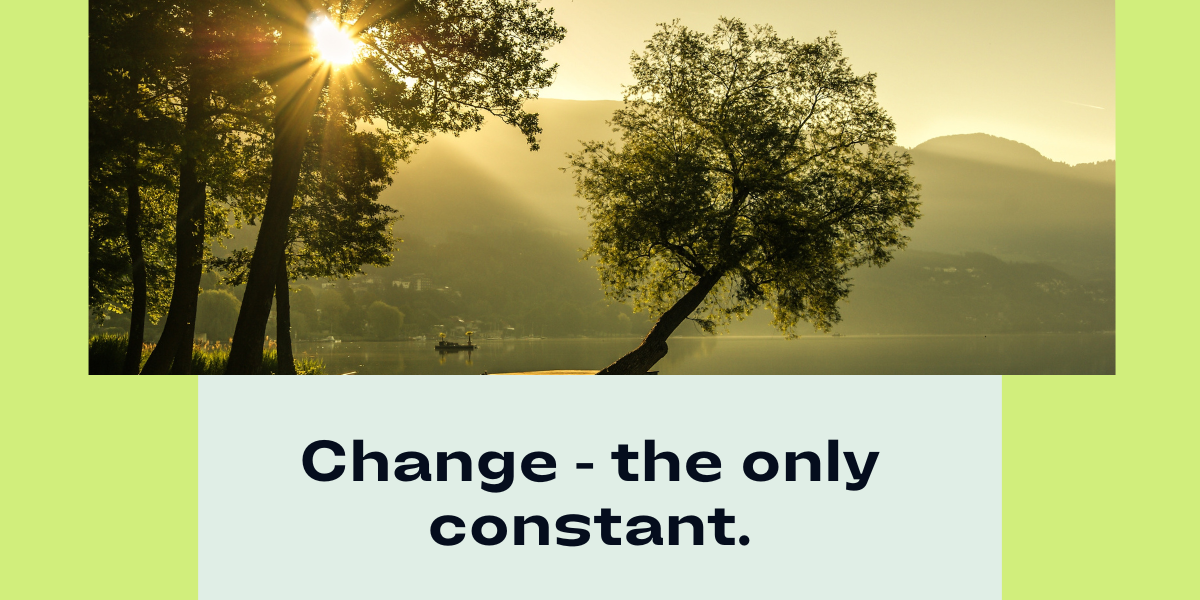In an era like today’s where every aspect of life is in extremes, be it the larger-than-life portrayals of characters in films, career aspirations, life goals, or plain simple dreams, it is easy to lose focus on practicality. We are governed by thoughts that are easily influenced, be it by social media or electronic media. It isn’t too difficult for someone to swing our opinion in their favour. All they need is the right ingredients that are appealing to us enough to get our attention. This was what advertising was traditional. Now it is everything. We are effectively living in a commercial.
So, what does that mean? It means that the energy and efforts that should be applied to bettering ourselves in order to achieve growth, we are putting instead into emotions of jealousy, stress, anxiety, and depression. We are constantly comparing ourselves to the illusion of perfection depicted on every channel, and every source of information around us. This isn’t good for mental health.
Then let’s change the narrative, shall we?! When was the last time you saw someone and thought them to be superior to you in some way or the other. Or perhaps thought to yourself, “I wish I had this much confidence”, “I wish I could have this talent”, or perhaps compared yourself to someone and felt empty somewhere deep inside.
The only way to overcome this resentment is by inculcating these qualities that you so admire. This is possible in a very clear and systematic method:
Identify: Identify the qualities you aspire towards. These aren’t materialistic in nature. They are deep and of essence to the character of a person. These will be in sync with behaviors, beliefs, and value systems.
Novelty: Try and track new sources of these qualities and align them with your lifestyle. This is easier said than done, but if you want results you need to think new. If it isn’t possible practically, enquire the closest source.
Pledge: Pledge to change for the better. Absorb what you can from these people in terms of education, learning, attitudes, and conduct. Basically, everything can be taken into one’s system.
Upgrade: Learning is a two-step process. The first step is information download into your own system. The second step is to apply this new knowledge as part of your practical, physical world.
Test: Revisit the quality list that you began with. Evaluate yourself objectively. How much have you achieved and to what quality? If it needs more improvement, work on it accordingly. If it’s at its best, move to the next quality. Else, work toward the next person on that list of comparisons.
Conclusion
In order to support a positive change, you must practice a systematic conversion of ideas, their understanding, their execution, and a clear system of evaluation. It is entirely possible to evolve patterns of life. To put it plainly, if you have the right INPUT, you are sure to get the right outcome.







